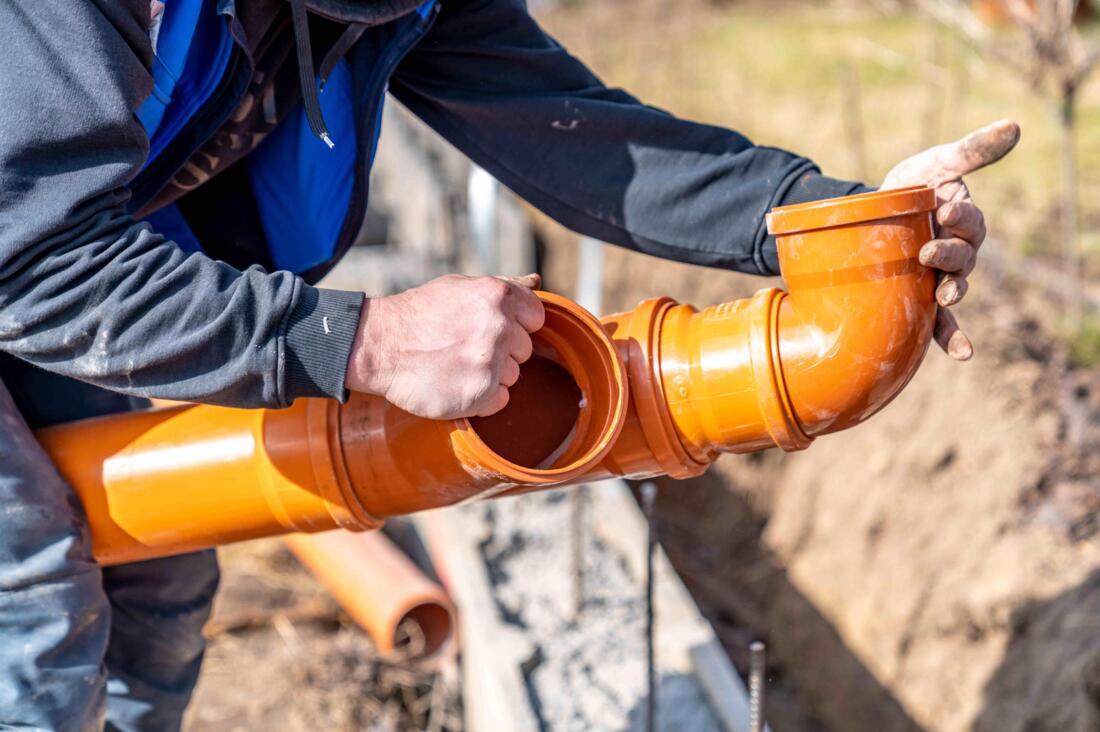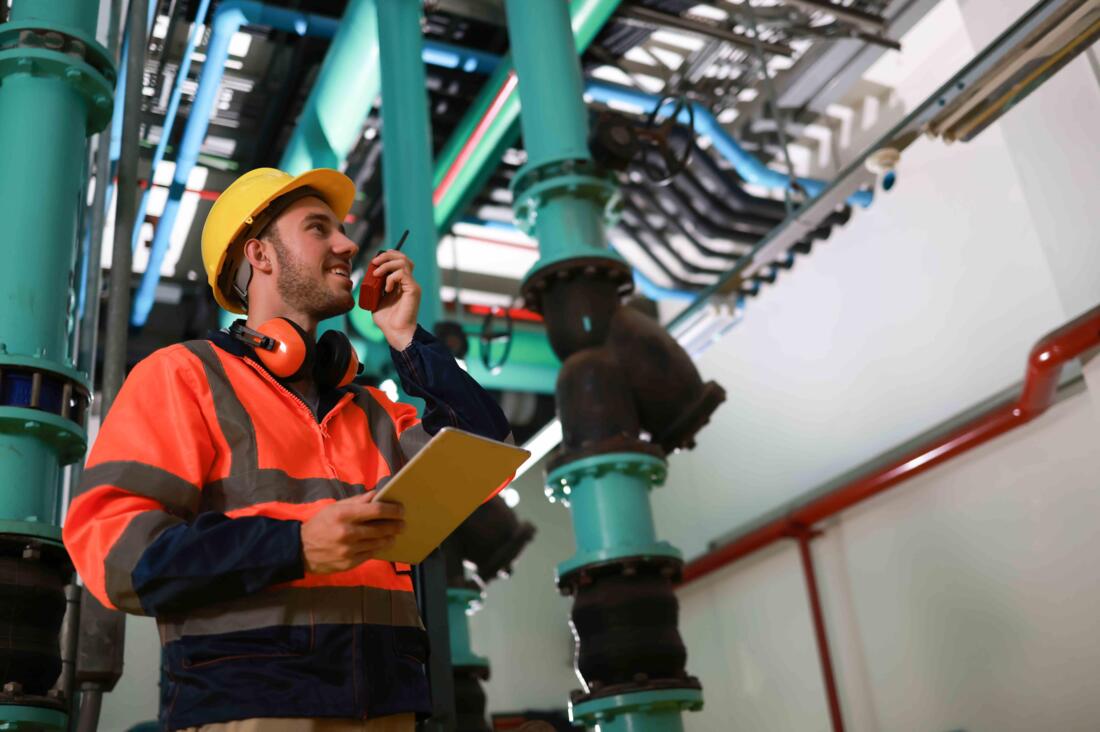Remember to take care of your home's sewer line to prevent blockages, backups, and health risks. Refrain from throwing away harmful substances, opt for enzymatic cleaners, and arrange for regular inspections by professionals. Use drain strainers and be cautious about what you dispose of to keep everything running smoothly.
Understanding Your Home's Sewer Line
The sewer line in your house is an essential part of your plumbing setup. Its job is to transport wastewater from your home to underground sewer mains. Yet, many homeowners may not realize the dangers and unclean situations that can occur if the sewer line is not taken care of properly. With time, various things like cooking oil, hair, and other debris can build up in the pipes, causing blockages and the risk of sewage backing up. This backup not only creates bad smells and potential property harm but can also be harmful to your health by exposing your home to dangerous bacteria and pathogens.

Strategies for Sewer Line Maintenance
Maintaining the cleanliness of your sewer line is crucial for upholding a safe and healthy home atmosphere. Consistent upkeep plays a vital role in avoiding the accumulation of debris that could result in blockages. Homeowners are advised against pouring grease, coffee grounds, and other stringy materials down the drain. Moreover, employing enzymatic cleaners can assist in breaking down possible blockages by employing natural bacteria to consume organic matter without causing harm to the pipes. It is also a good idea to have a qualified plumber examine and clear your sewer line every couple of years to guarantee it stays in proper working order.

Proactive Measures for Sewer Line Health
To maintain the cleanliness and proper functioning of your sewer line, it's important to not only perform routine maintenance but also to be proactive in managing what goes into your drains. Using drain strainers is an effective way to trap hair and other waste materials, stopping them from clogging the sewer system. It's also crucial to be mindful of what you flush down the toilet - even items labeled as flushable like wet wipes can cause blockages and should be thrown in the trash instead. By following these simple practices, you can prevent unpleasant and potentially expensive problems caused by neglect and ensure that your sewer line stays clear and operational.
Understanding Common Sewer Line Issues
Sewer line issues can manifest in various ways, each with distinct symptoms. Homeowners should be aware of the signs indicating a potential problem, such as slow drains, gurgling noises, and foul odors emanating from sinks or toilets. These symptoms can often signal a blockage or a more severe issue within the sewer line, such as tree root invasion or pipe corrosion. Immediate attention to these signs is crucial; delaying action may result in more significant damage and costly repairs. Regularly monitoring these indicators can lead to timely interventions, ensuring the sewer line remains in optimal condition.
The Role of Tree Roots in Sewer Line Blockages
Tree roots are a common culprit behind sewer line blockages, often seeking moisture and nutrients from the pipes. When roots penetrate the sewer line, they can create significant obstructions, leading to slow drainage or complete blockages. This issue is exacerbated in older homes with aging pipes that may be more susceptible to root intrusion. Homeowners can mitigate this risk by maintaining a safe distance between trees and sewer lines during landscaping. If roots are suspected in the sewer line, professional services can utilize specialized equipment to remove them effectively, restoring proper flow and reducing future risks.
Importance of Regular Sewer Line Inspections
Scheduling regular sewer line inspections is an investment in your home's plumbing health. Professional plumbers can conduct thorough assessments using advanced techniques like video camera inspections, identifying potential issues before they escalate into costly repairs. These inspections allow for the early detection of cracks, corrosion, and potential blockages caused by tree roots or built-up debris. Homeowners should consider these inspections part of their maintenance routine, ideally every one to two years. This proactive approach not only prolongs the life of your sewer line but also enhances the overall efficiency of your plumbing system.
Common Misconceptions About Sewer Line Care
Several misconceptions exist regarding sewer line care that can lead to improper maintenance practices. One common myth is that all 'flushable' products are safe for sewer systems; however, many of these items do not break down easily, contributing to blockages. Another misconception is that pouring chemicals down the drain can solve problems; in reality, these substances can cause more harm than good, damaging pipes and harming the environment. Educating homeowners about these myths is essential for promoting better practices and ensuring the longevity of sewer systems, emphasizing the importance of proper waste disposal and regular maintenance.
How to Handle a Sewer Line Emergency
In the event of a sewer line emergency, quick and informed action is crucial to minimize damage and health risks. Homeowners should know the location of their main sewer cleanout and be prepared to access it if a backup occurs. First, it’s essential to stop using water in the home to prevent further backups. Next, contacting a professional plumber immediately is necessary, as they have the expertise and tools to diagnose and resolve the issue safely. It's also wise to document the situation with photos, which can be helpful for insurance claims. Being prepared ensures homeowners can handle emergencies effectively.
Long-Term Benefits of Sewer Line Maintenance
Investing in regular sewer line maintenance yields numerous long-term benefits for homeowners. Not only does it prevent costly repairs and emergencies, but it also enhances the overall efficiency of the plumbing system. A well-maintained sewer line can improve water flow, reducing the likelihood of clogs and backups. Additionally, routine inspections and cleaning can extend the life of the pipes, saving homeowners from the expense and hassle of premature replacements. This proactive approach contributes to a healthier living environment, as it minimizes the risk of sewage-related health hazards, ensuring peace of mind for homeowners and their families.
AI-Assisted Content Disclaimer
This article was created with AI assistance and reviewed by a human for accuracy and clarity.